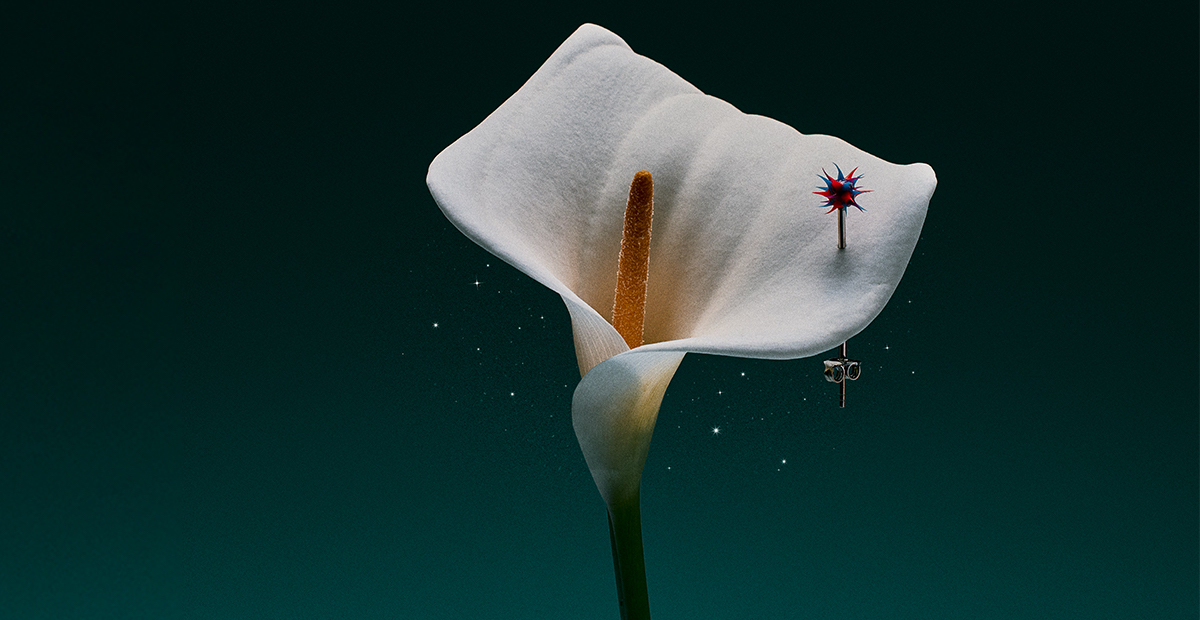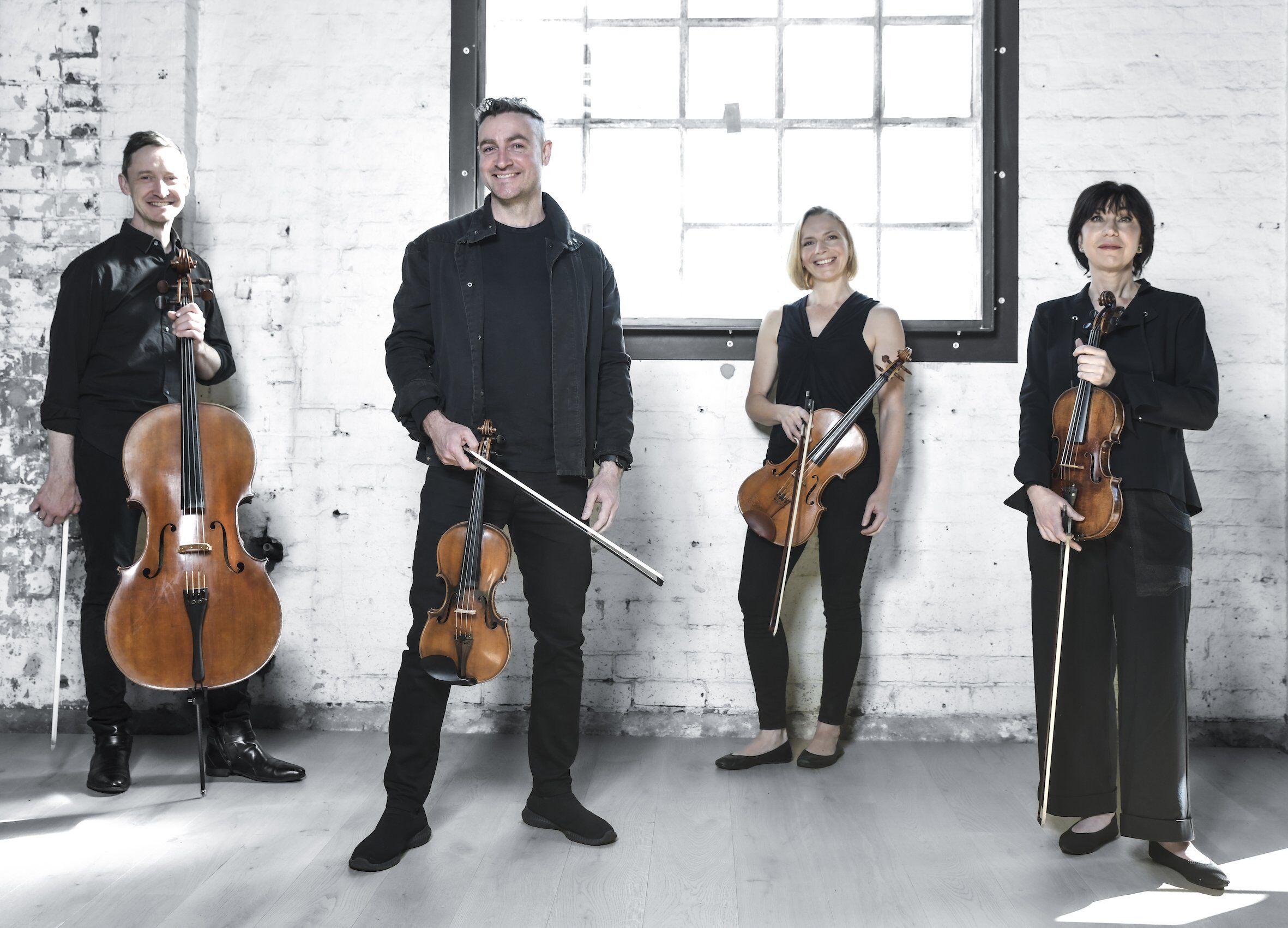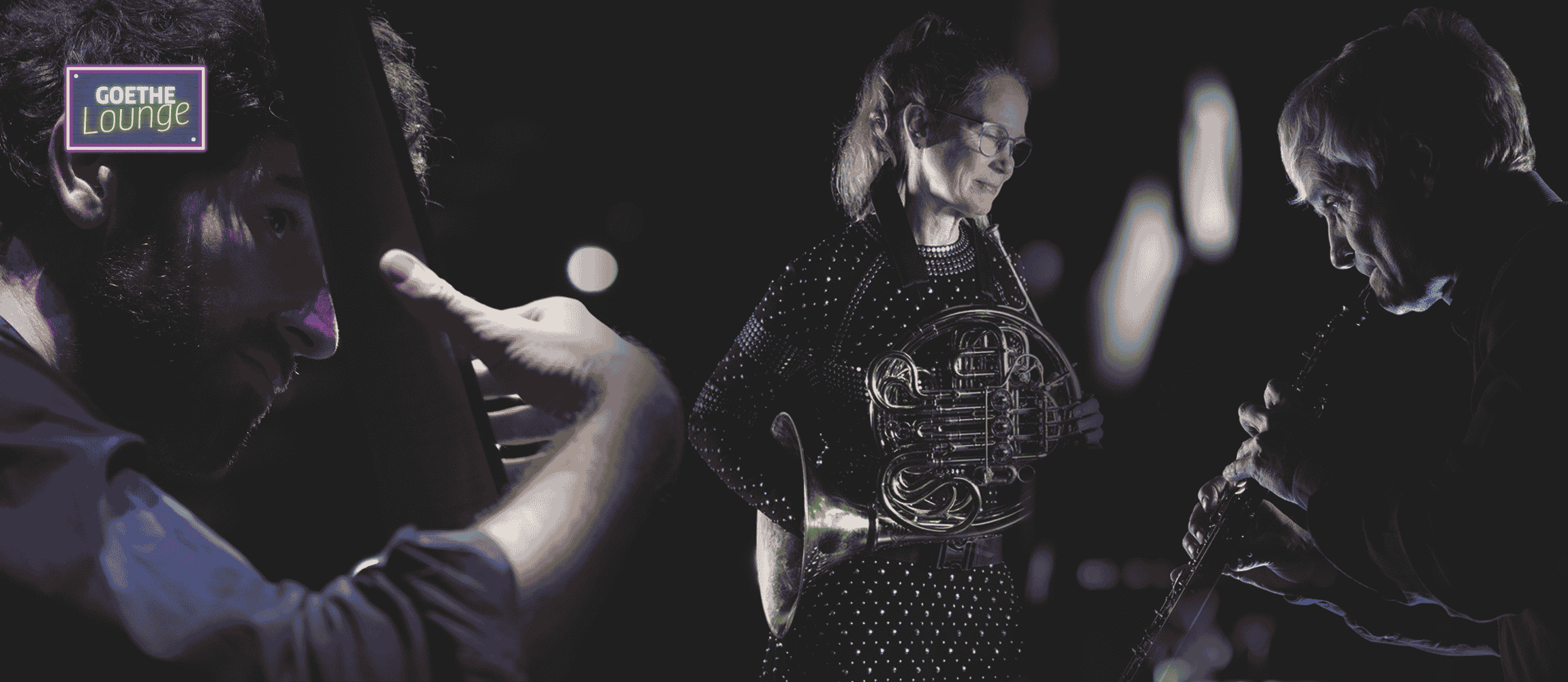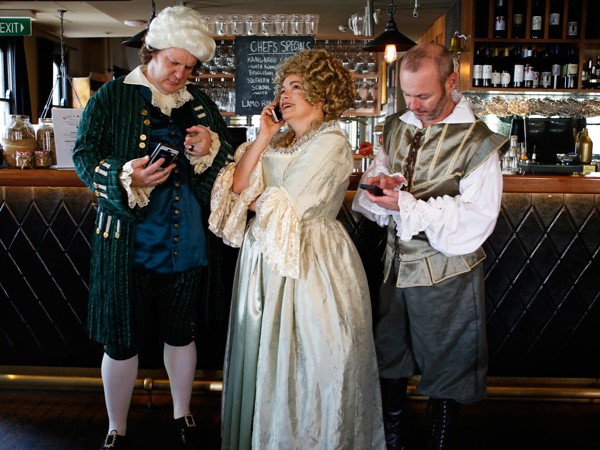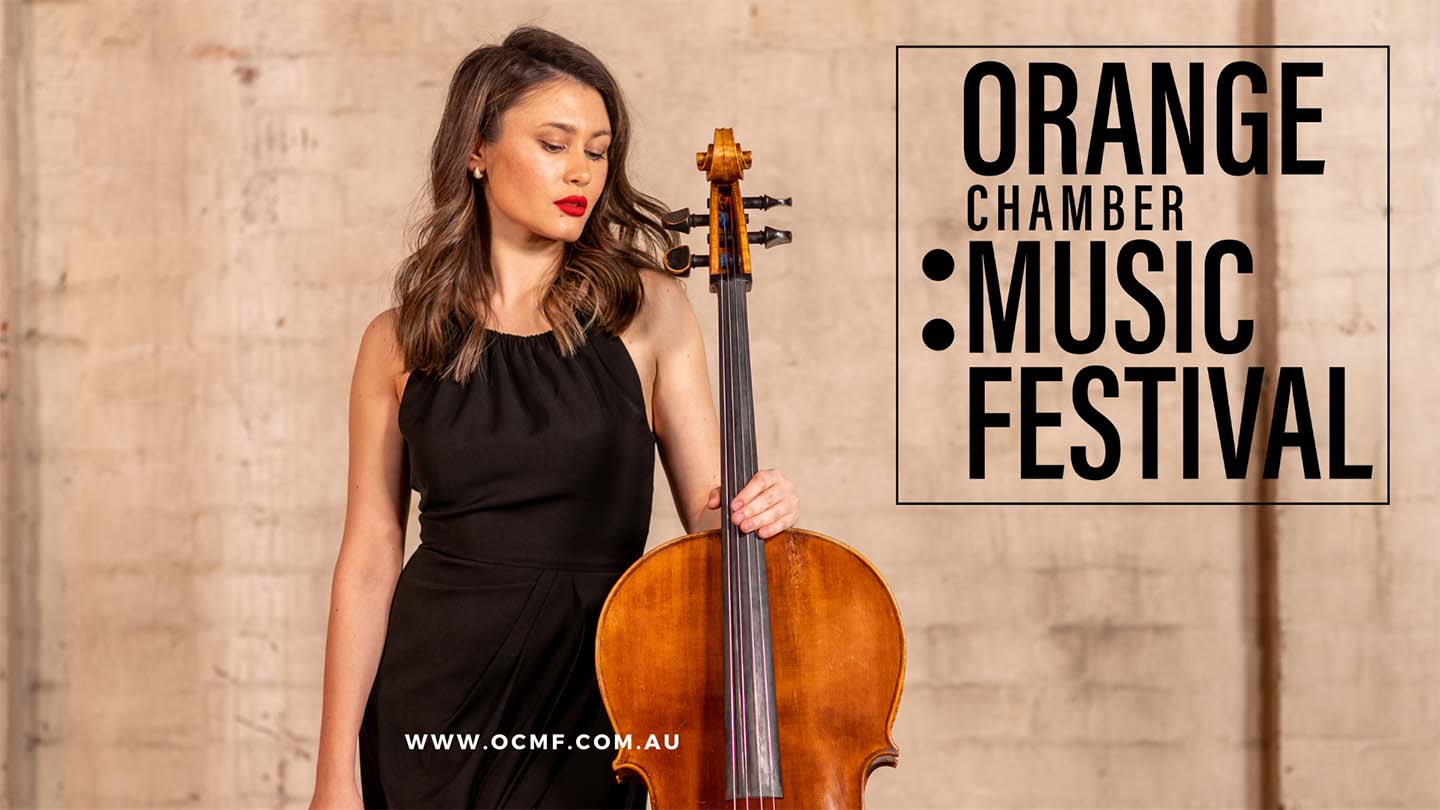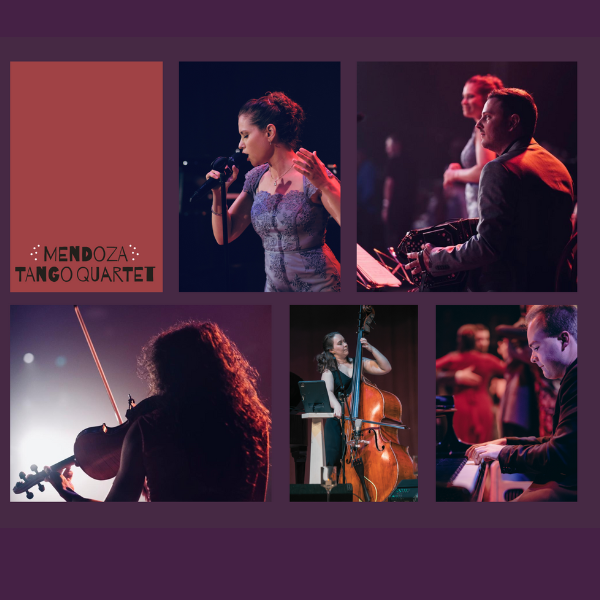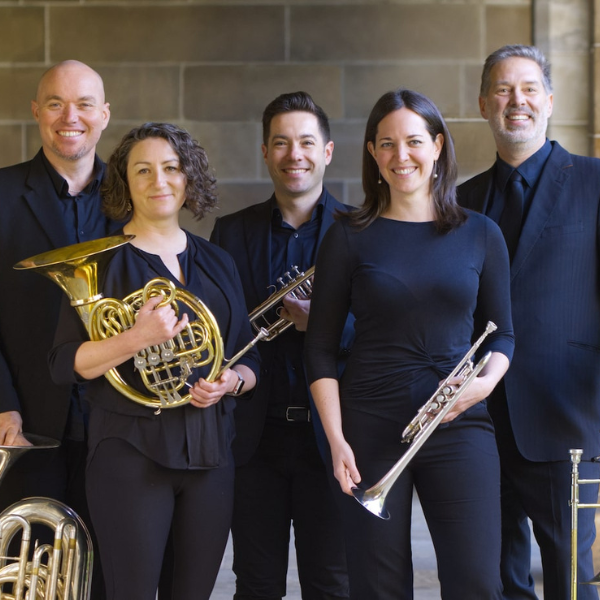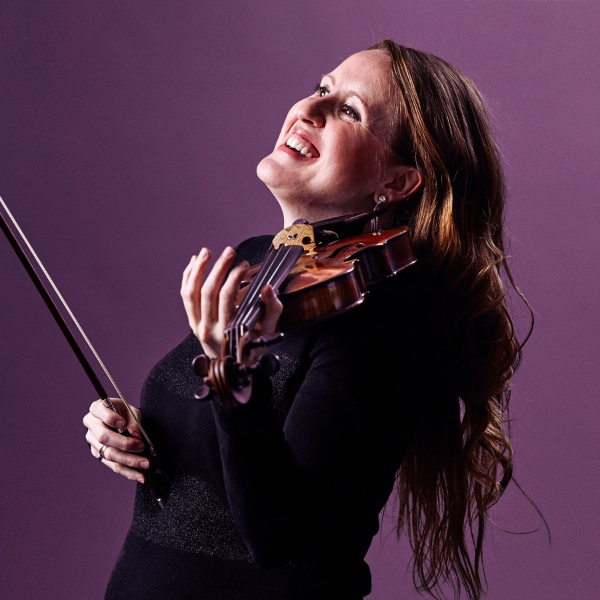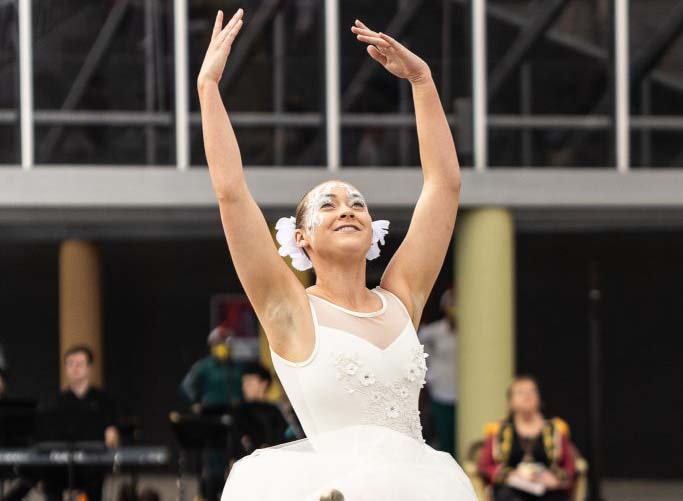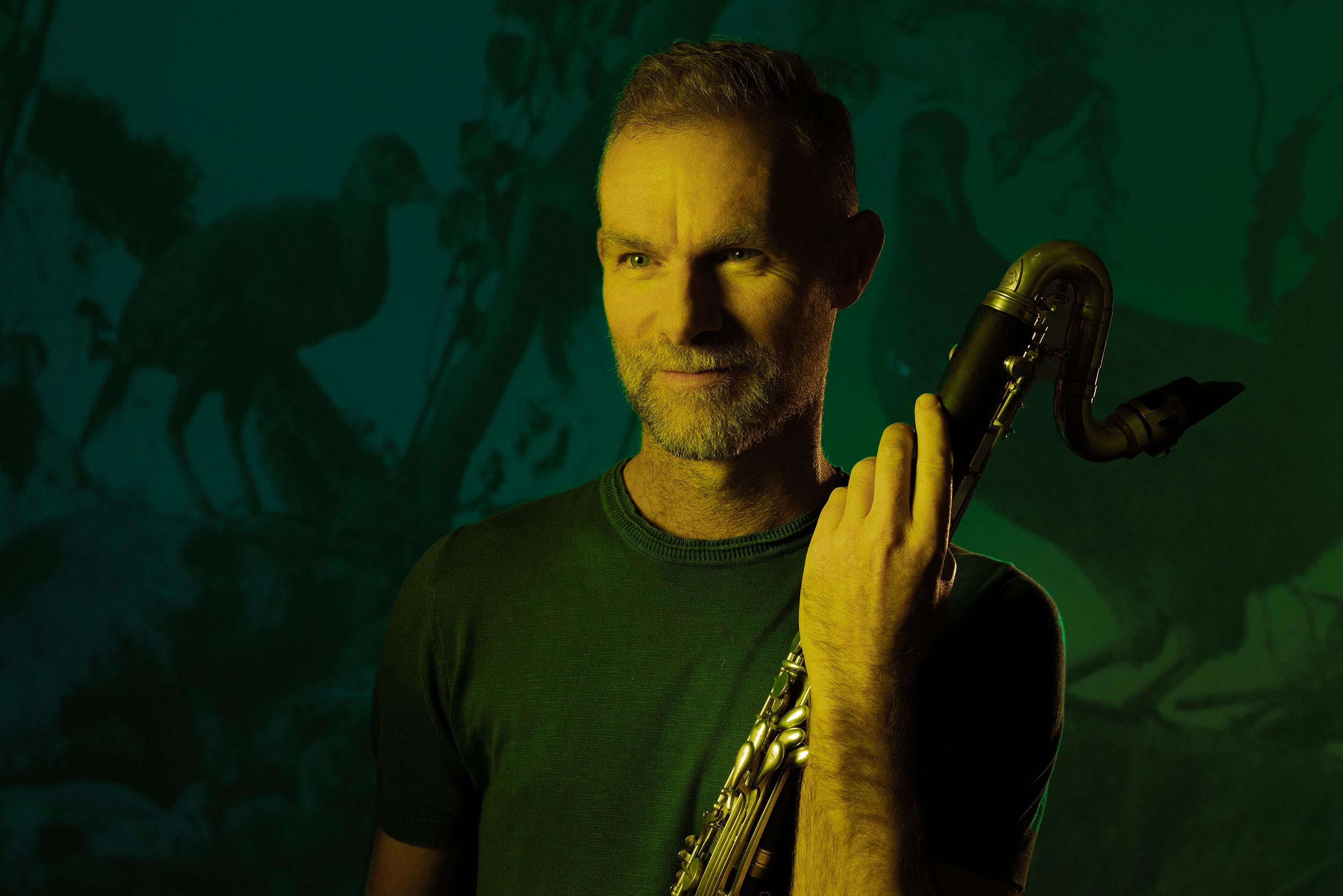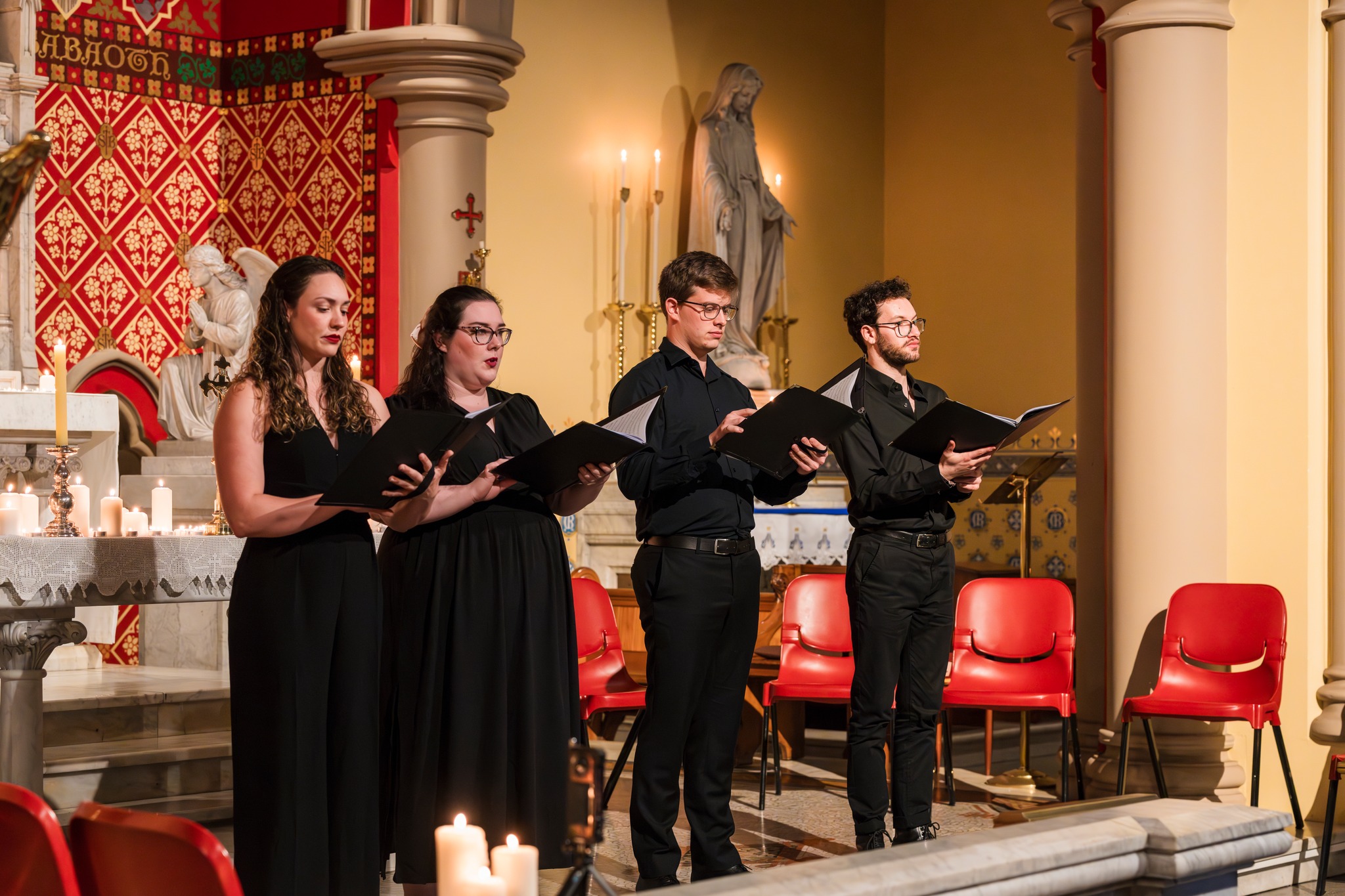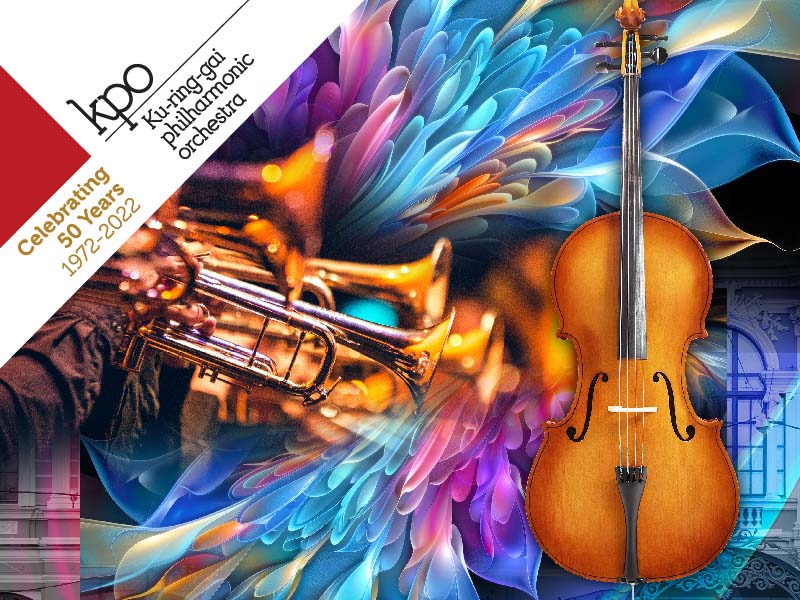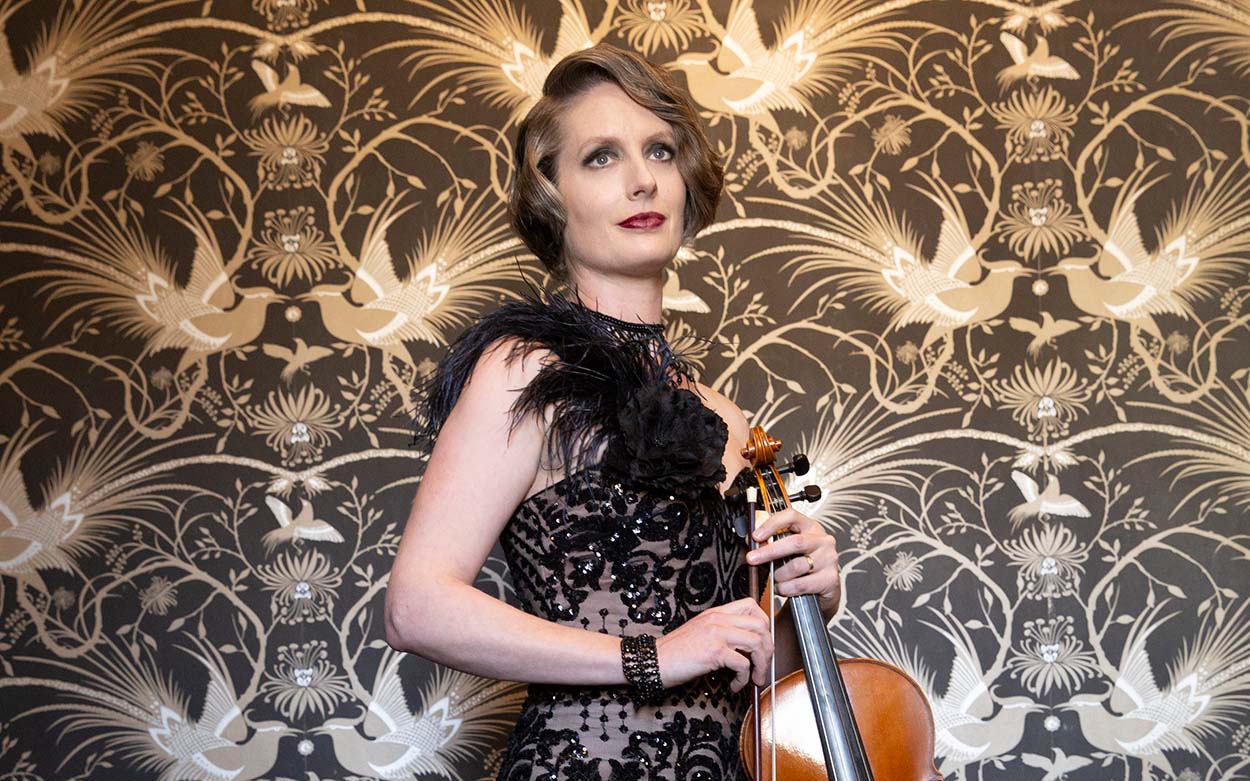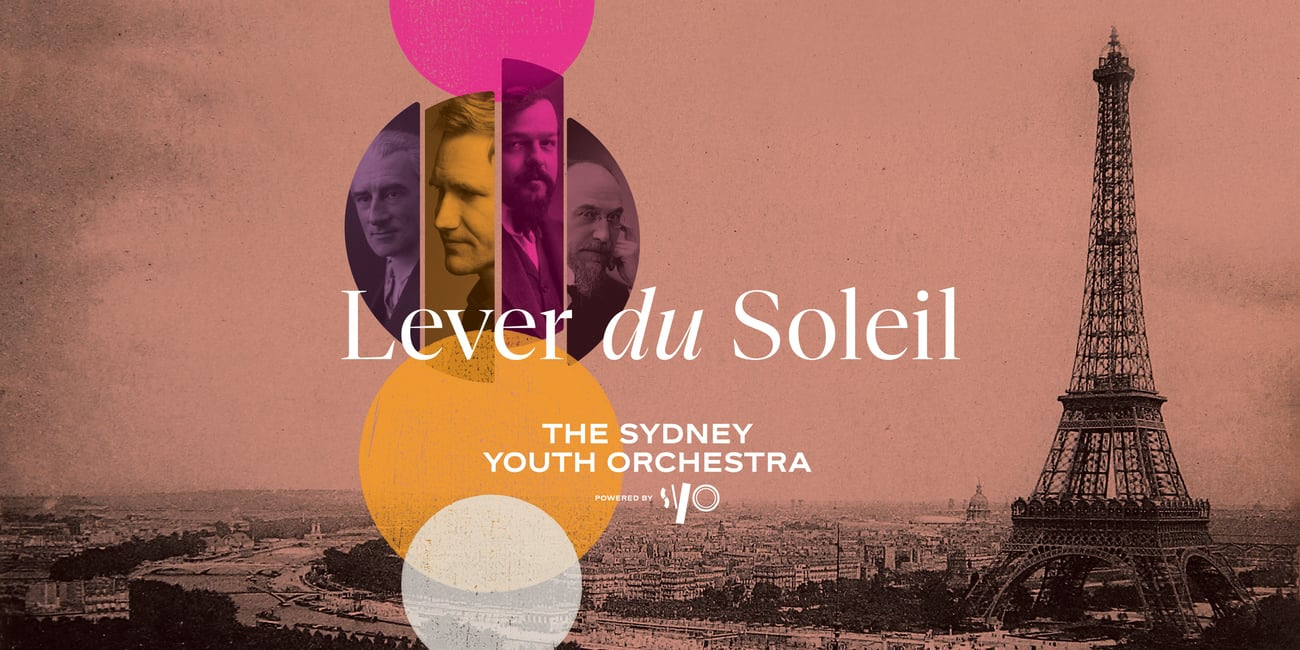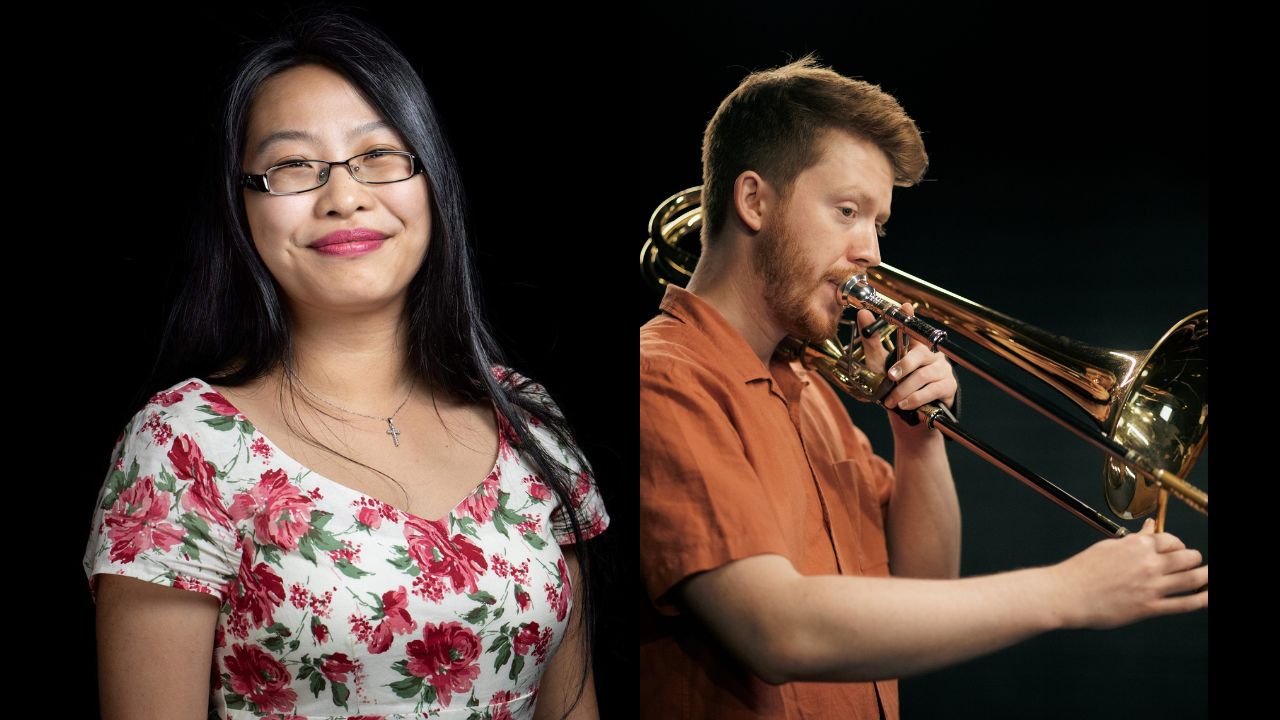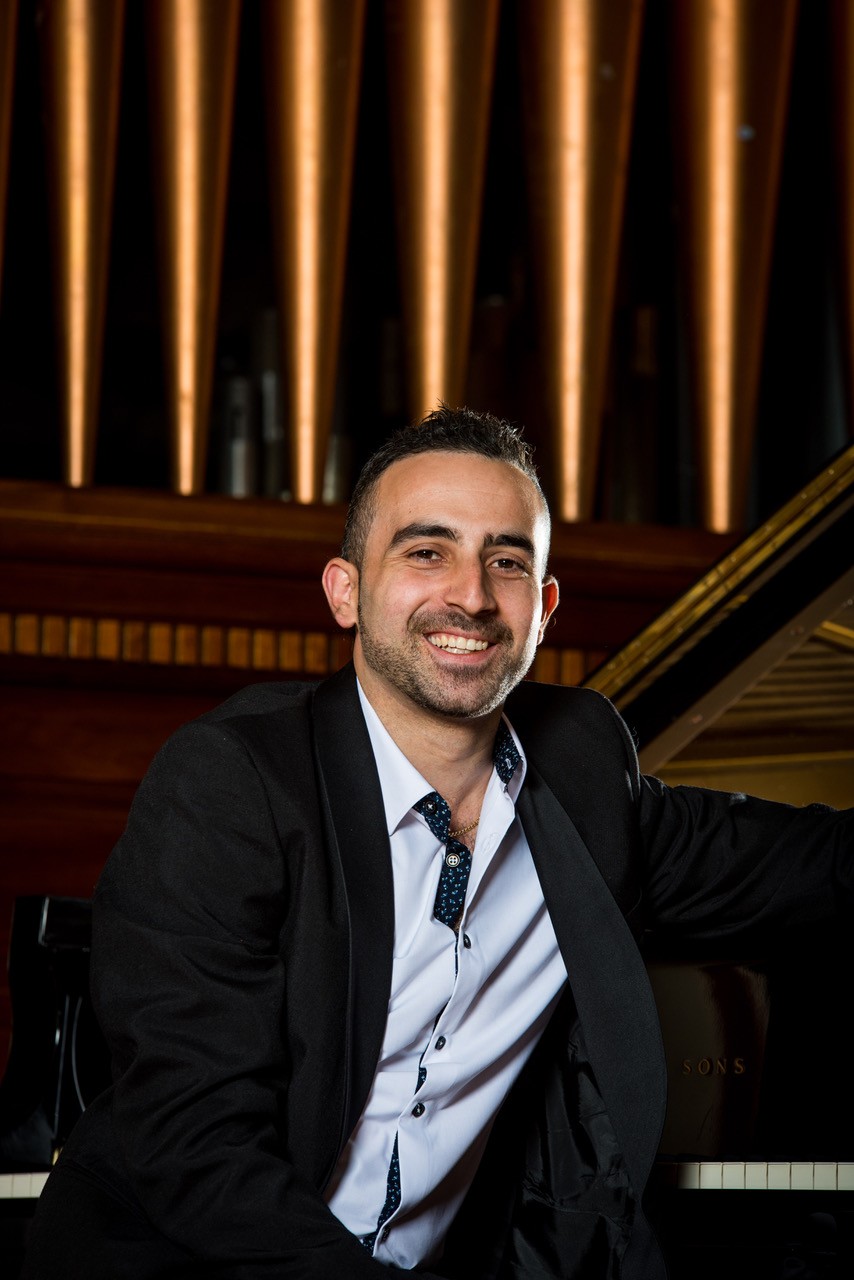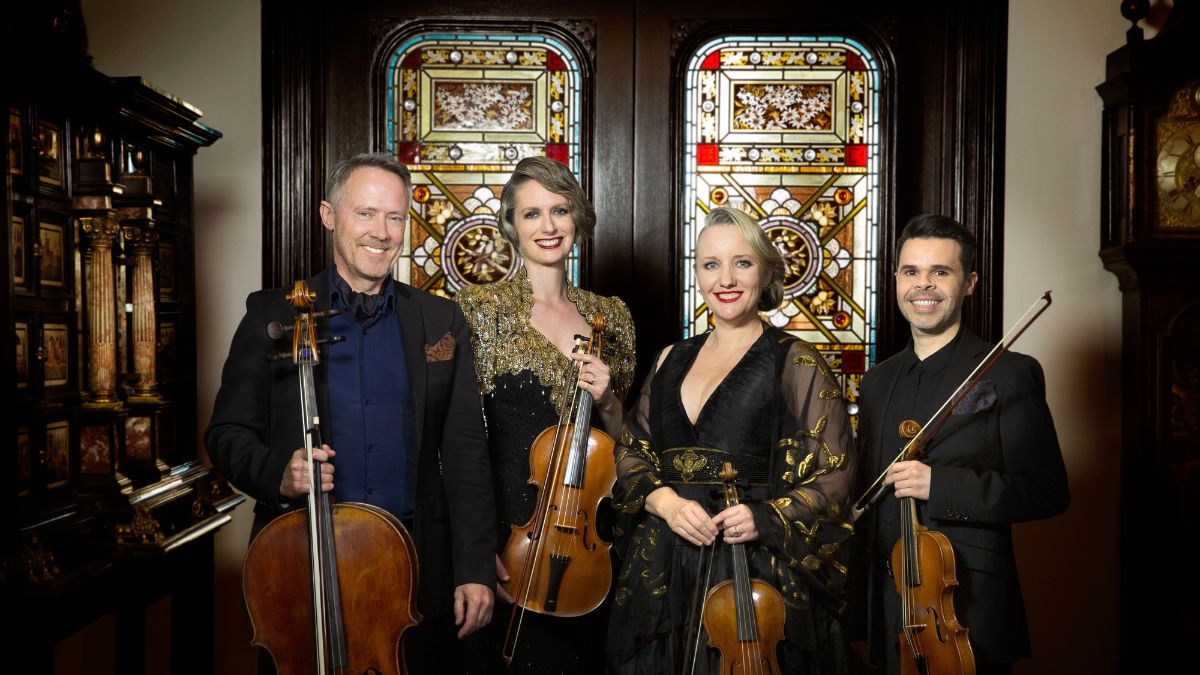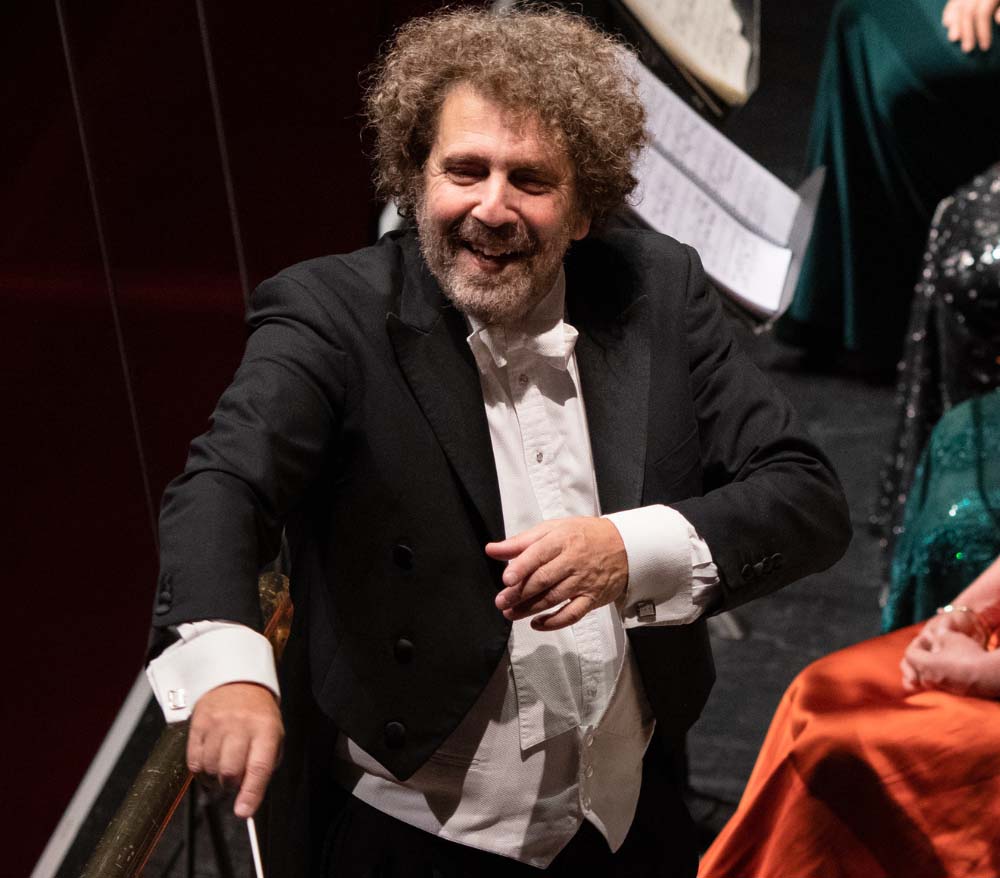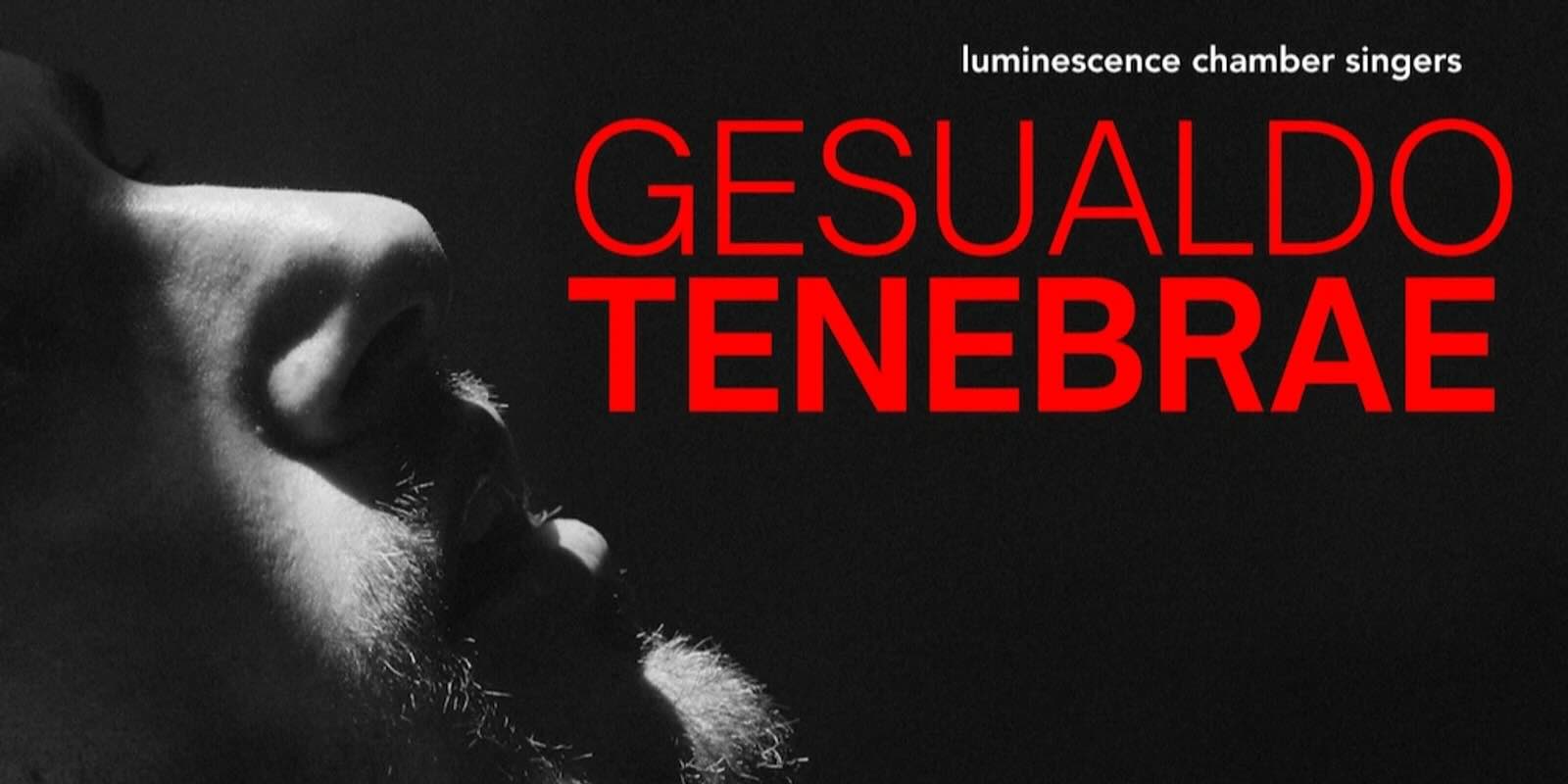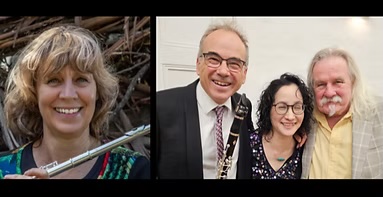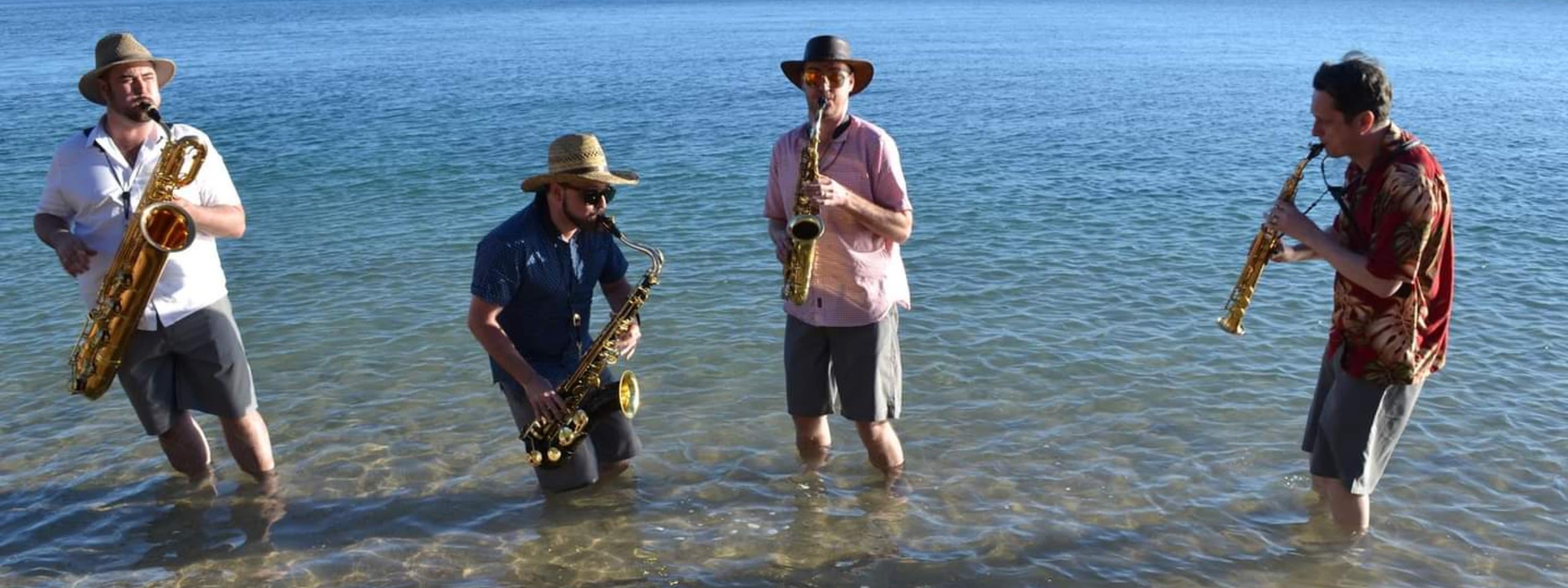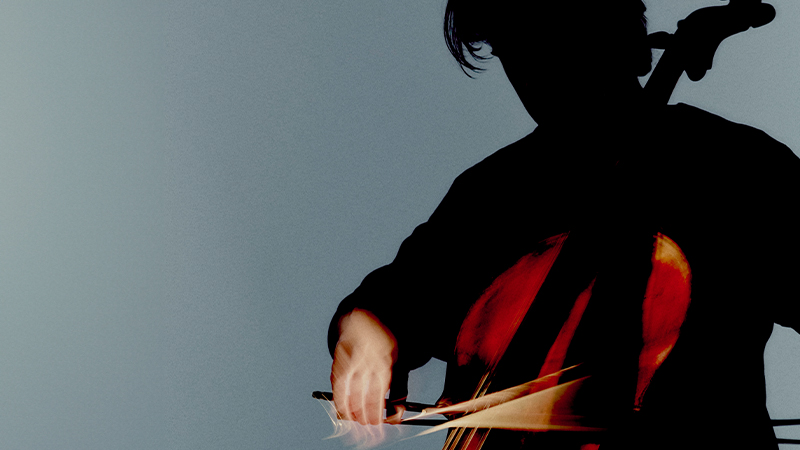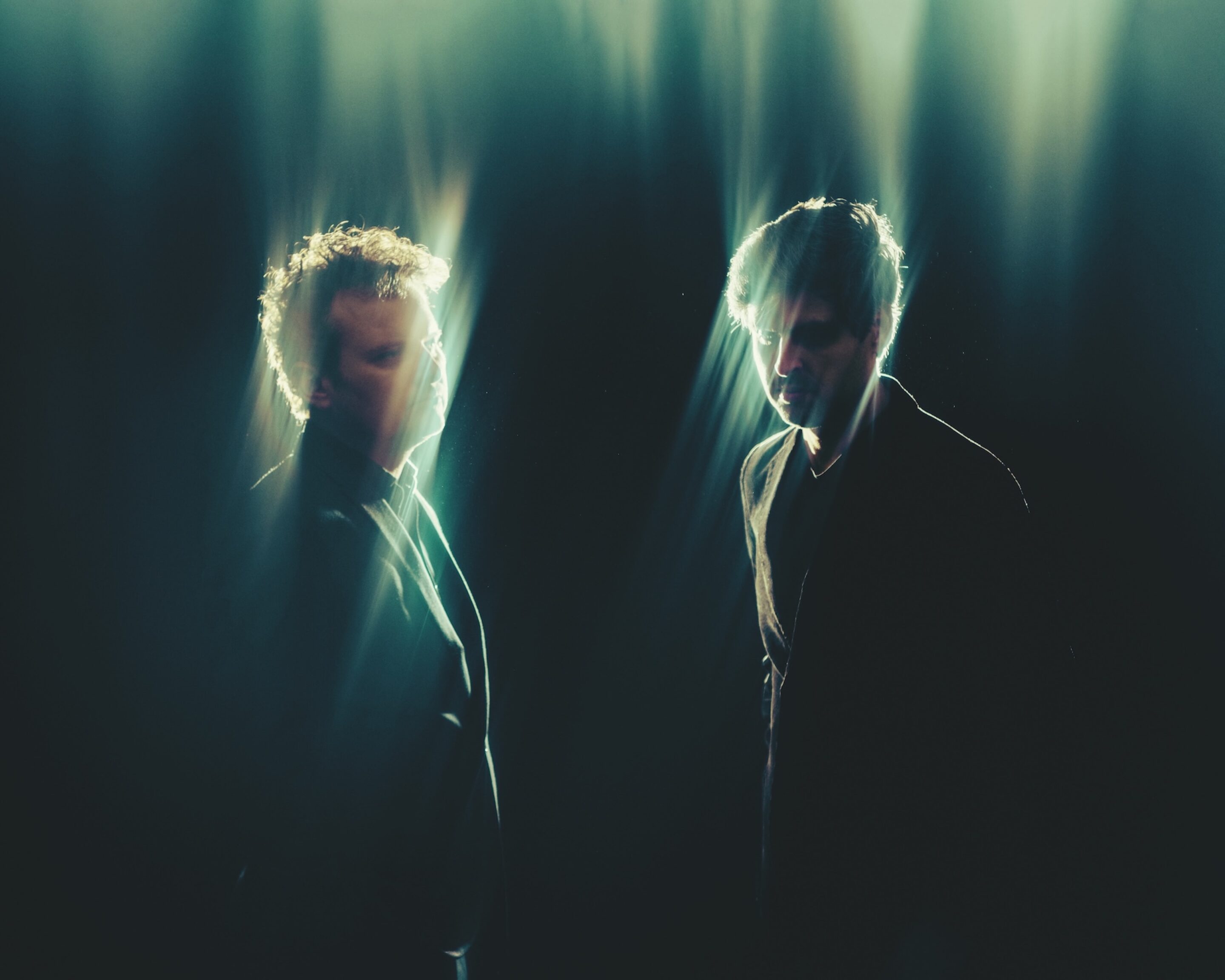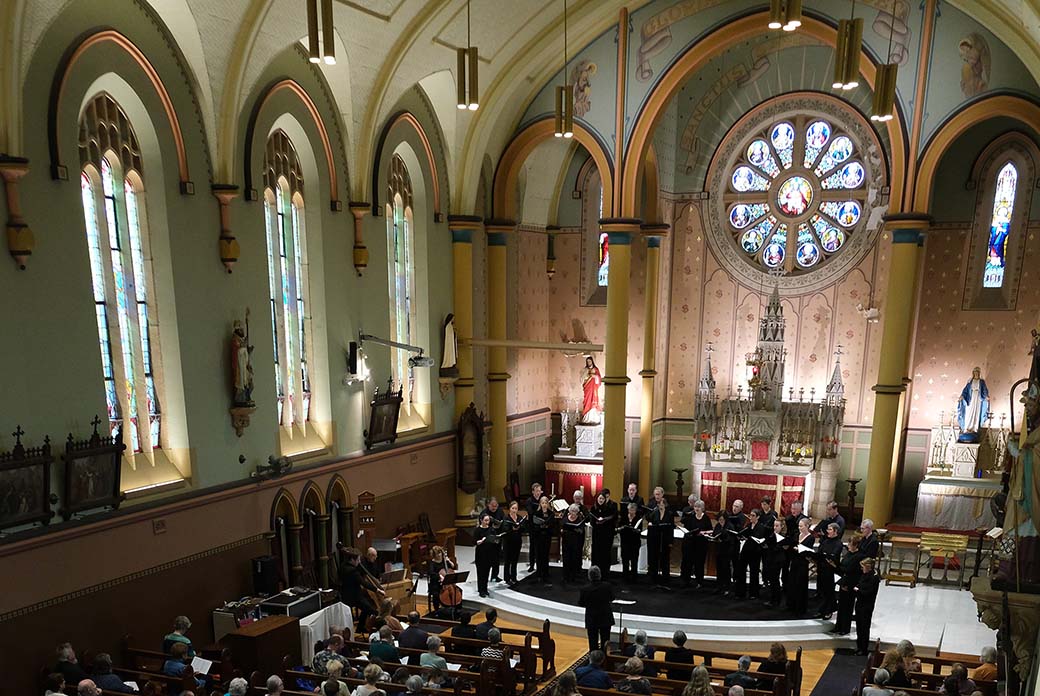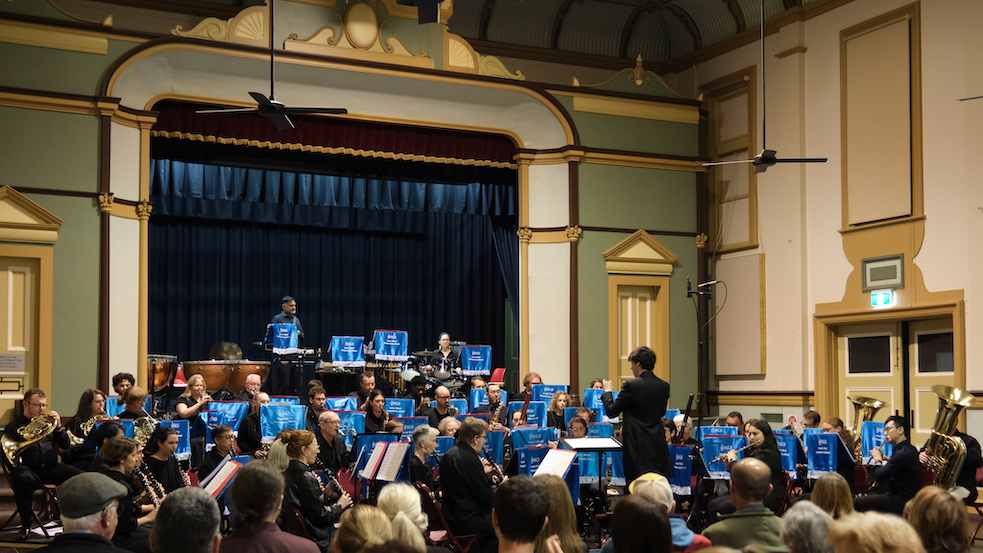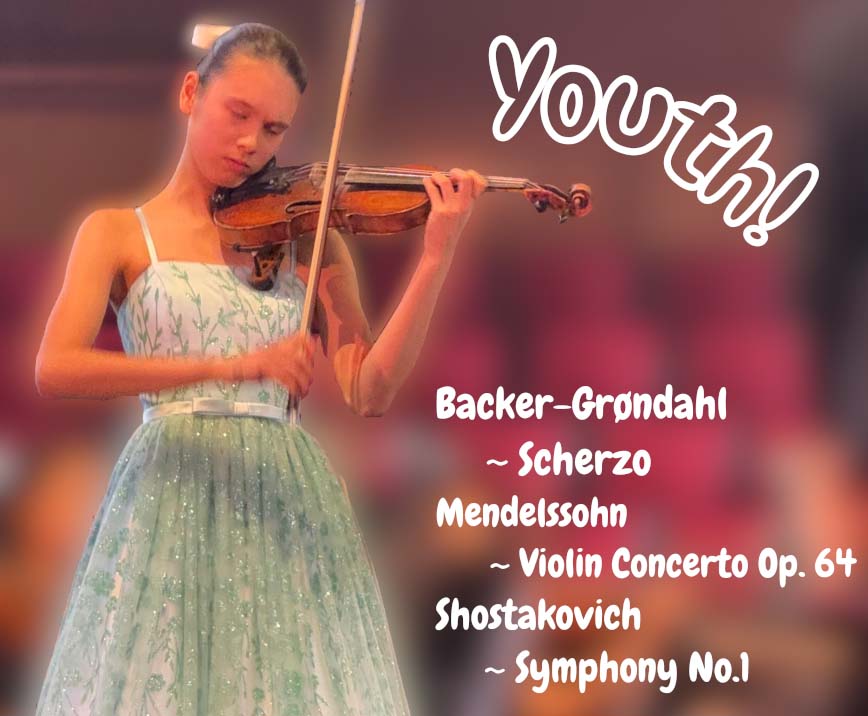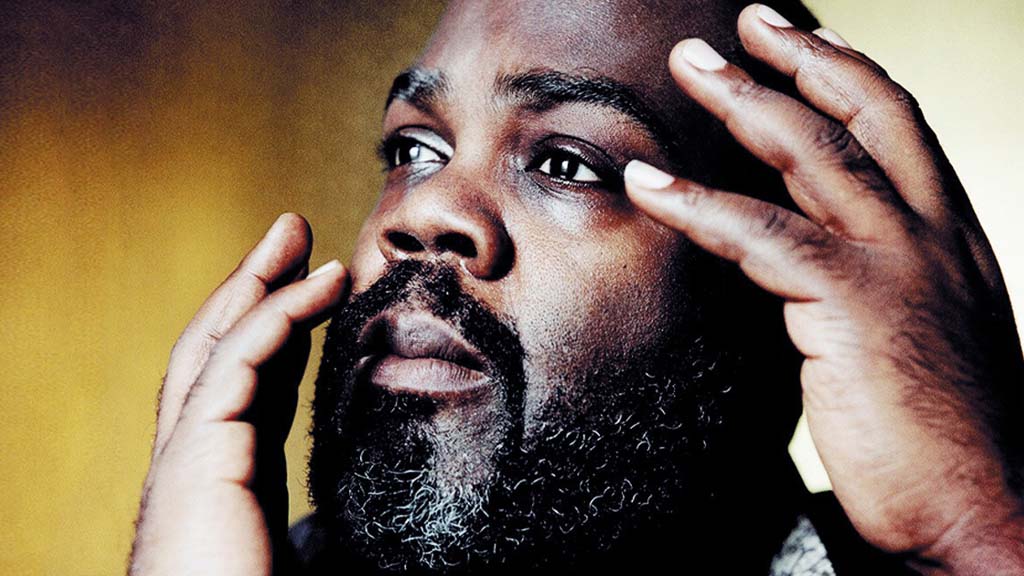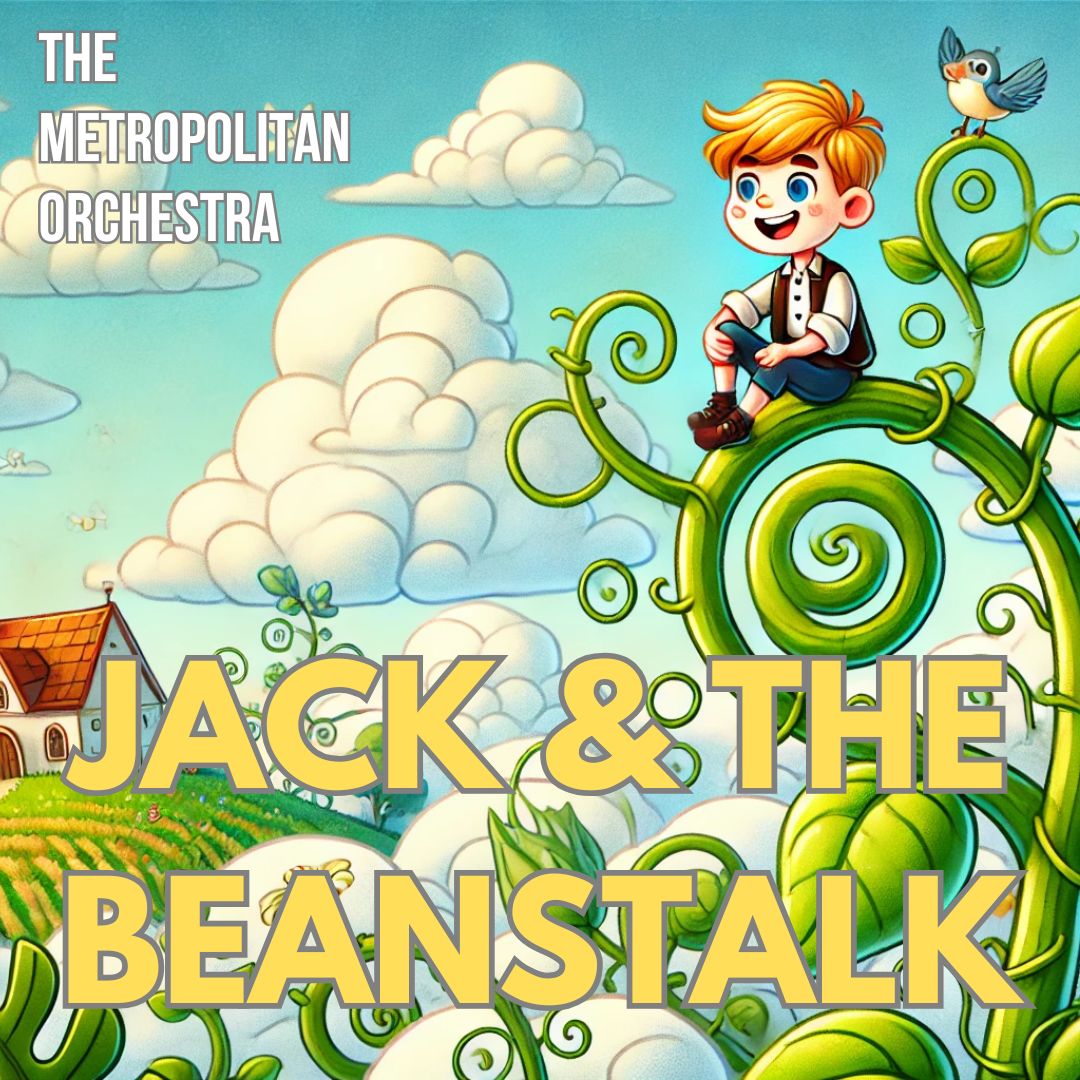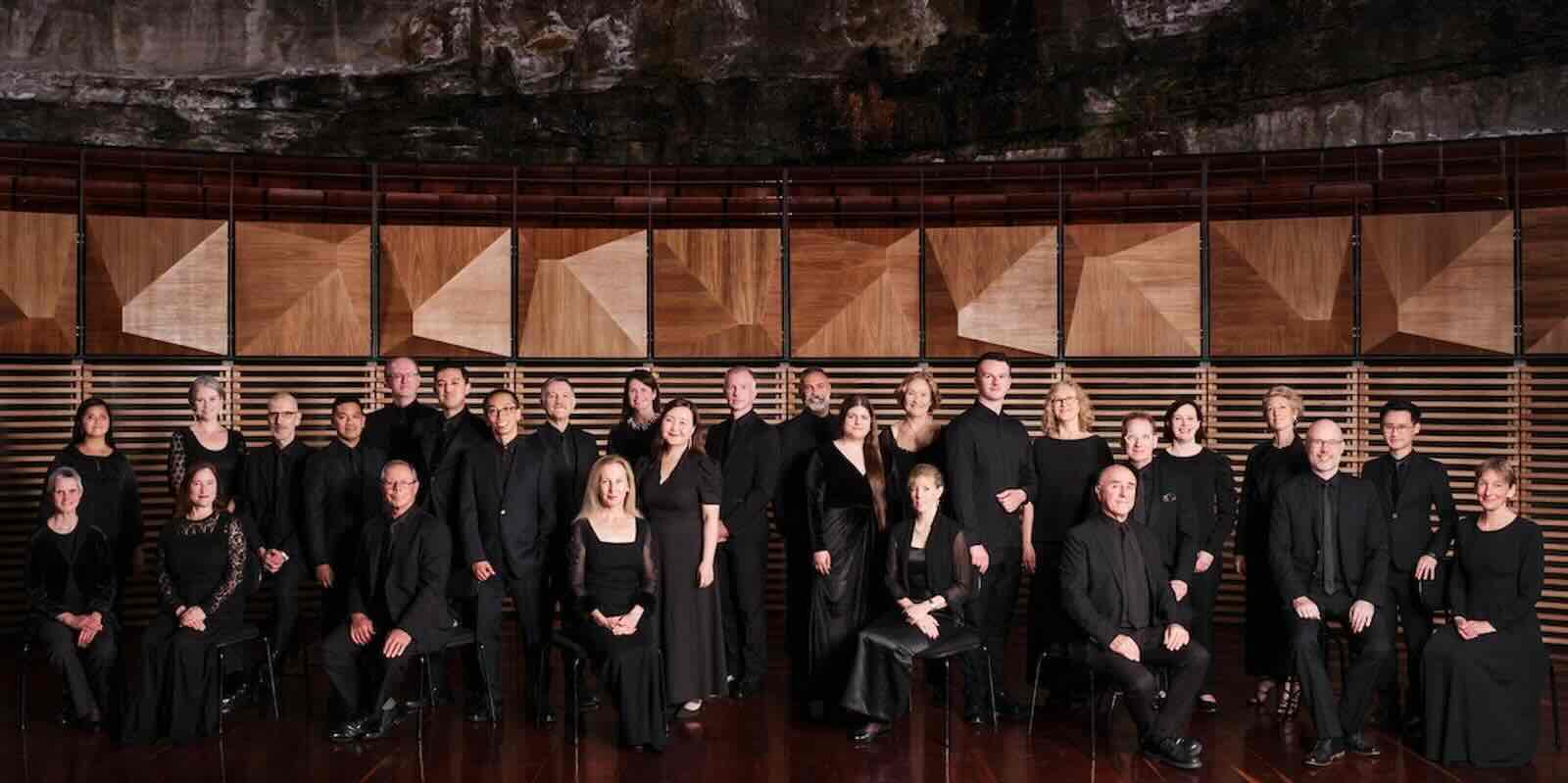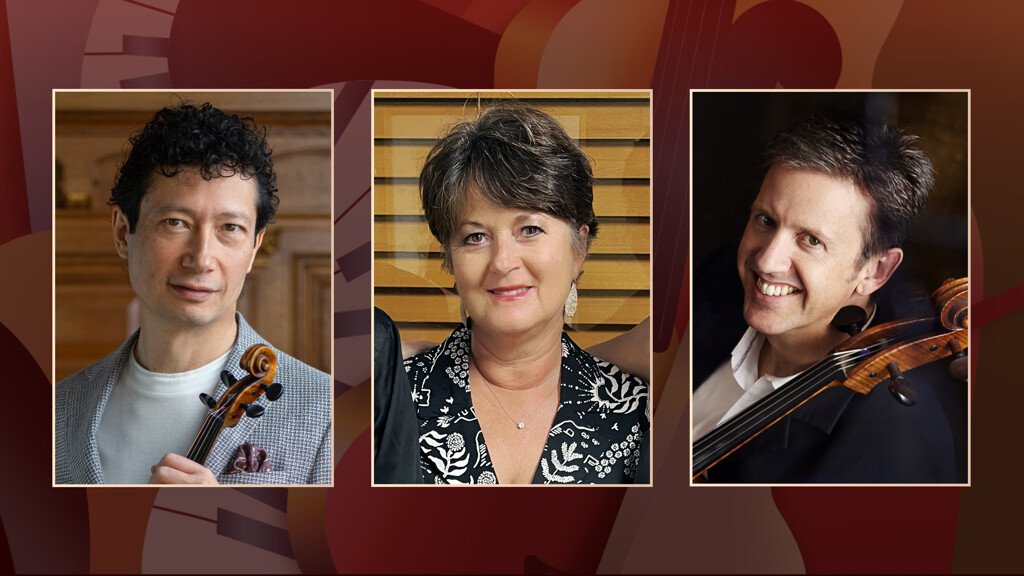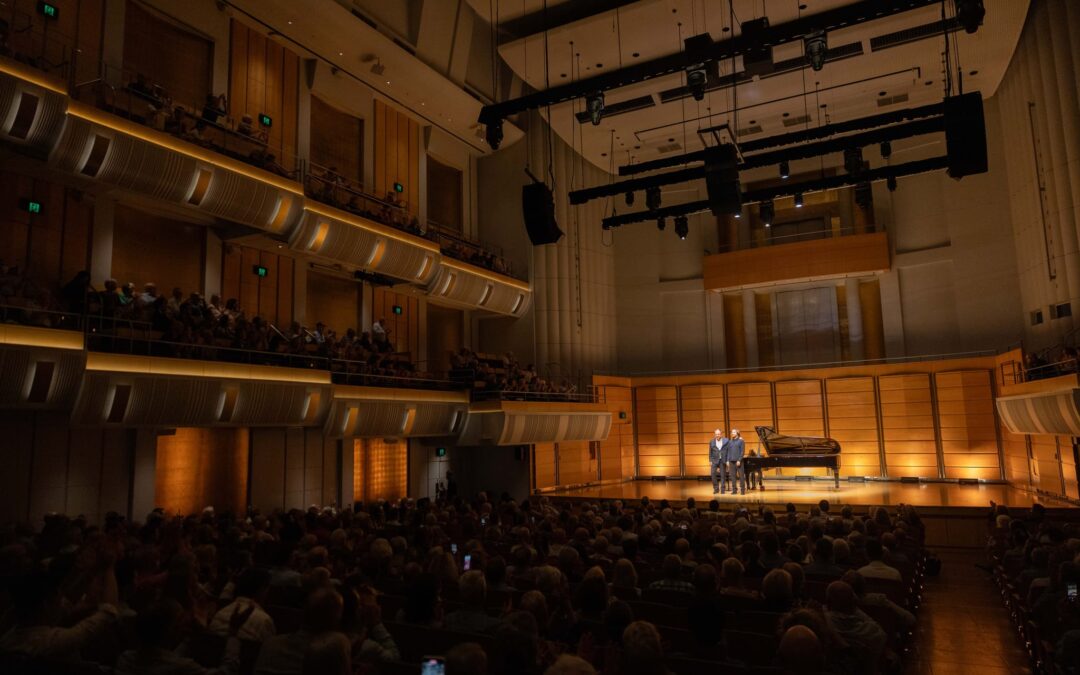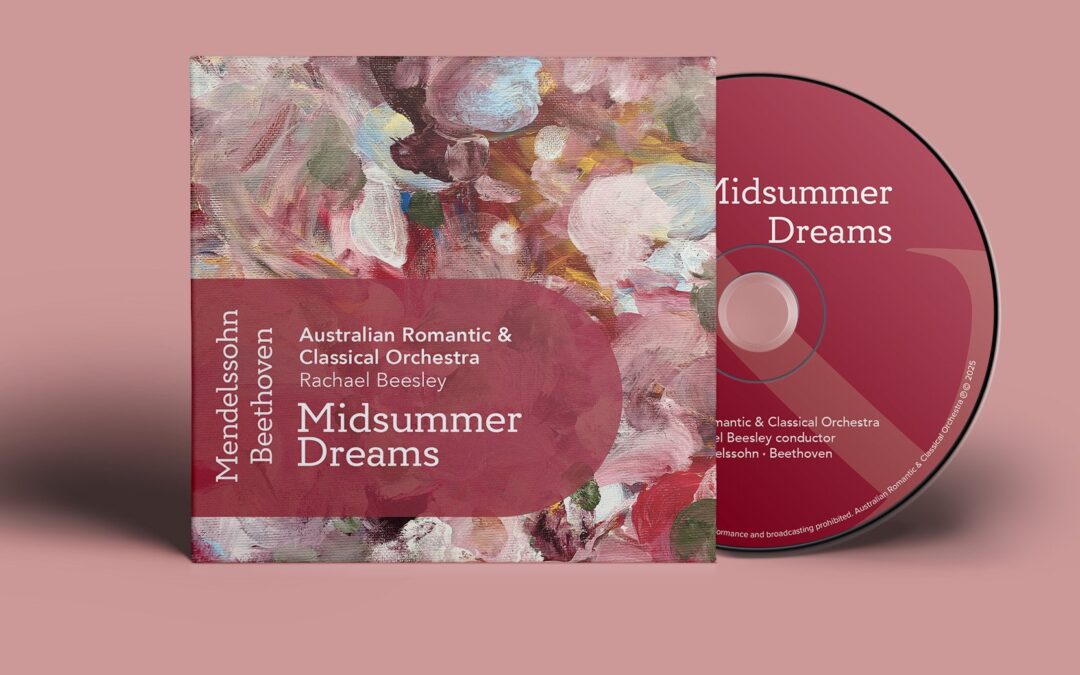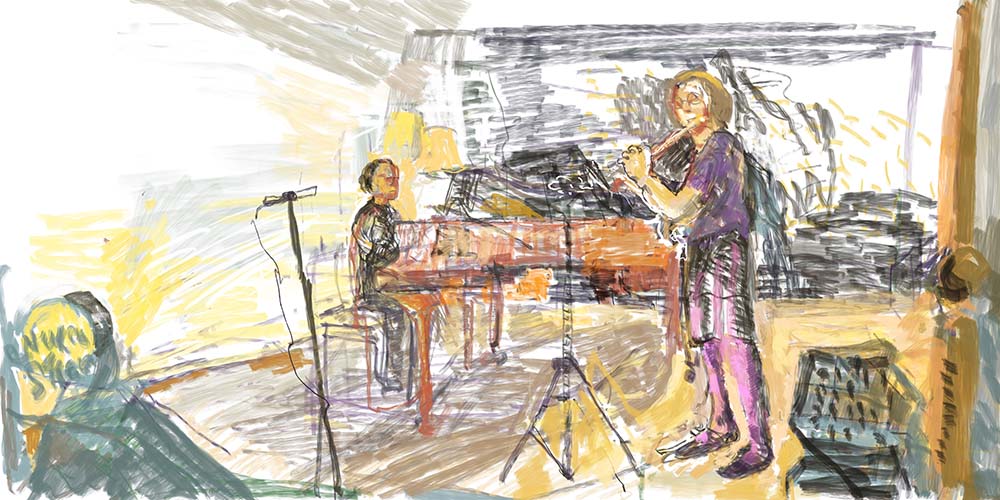Sydney Mozart Society – Sonus Piano Quartet
Tues 14th Dec, 2021,
The Concourse Chatswood
It was great to be back at the Chatswood home of Sydney Mozart Society whose programming has been severely affected by the Covid outbreak. The Society has a long history of providing carefully selected artists playing interesting and impeccably chosen chamber works.
The Sonus Piano Quartet has been strutting its stuff for over ten years now…
Aiko Goto is familiar to many as a member of the ACO and also frequents the Concourse as a soloist with the Willoughby Symphony Orchestra. What she lacks in size she makes up for in effervescence.
Jacqueline Cronin has played with many State Orchestras and is Principal Violist with Opera Australia. She holds a Bachelor of Music with Distinction from the Canberra School of Music.
Timothy Nankervis is a prominent member of the SSO and is also a frequent soloist including the Dvorak cello concerto and Brahms Double concerto in his repertoire while he is particularly devoted to musical education being principal tutor for two Youth Orchestras.
Brenda Jones is also a passionate musical educator and has played as piano soloist with many Orchestras and Chamber groups. She has been a major prizewinner in two of the most prominent International Piano Competitions.
Mozart’s Piano Quartet in G minor K 478, as Timothy explained, was the pioneer of this genre of music and 220 years later there has not been a better one – not that the public appreciated it at the time, the publisher ordered the composer to produce something more popular! Mozart excelled in a minor key, particularly favouring G Minor. The work starts dramatically with a six note figure and develops apace with clever development including many transitions to the major mode and a frequency of modulations rivalling Schubert. A serene expressive slow movement is followed by an inventive Rondo principally in major keys and including a short reference to the composer’s own Rondo in D – a technique not common in Mozart’s music. This work derives from inspiration not perspiration and encompasses all that gives rise to excitement in the audience.
Beethoven’s String Trio in G is probably his best known and was written during his early period in Vienna. After a typical slow introduction, a sunny allegro develops with numerous thematic developments and intertwining. The slow movement has a haunting sadness although it is in a major key. A brief Scherzo is followed by a Presto which features a four times four note figure which stays in one’s memory. Overall an enlightening experience.
Brahms is one of my favourite composers – if I was on “Desert Island Discs” I would include three of his works in my eight selections. In my mind however he did not excel when writing for small instrumental groups. The first movement of his Piano Quartet in G minor is attractive enough with flourishing passionate themes while the familiar Gypsy Rondo final movement is very catchy. In between are two featureless movements in which I feel the composer loses his way somewhat. To be fair, I’m in good company as Brahms’ best friend (? or more!) Clara Schumann was not keen on the work either.
Whatever, the performance and artistry of the Sonus Quartet was beyond question brilliant. I had never heard Brenda Jones before and perhaps it’s unfair to single any one player out but she handled difficult passages with ease and held the timing of the instrumentalists together carefully and brilliantly. The Gypsy Rondo was on everyone’s lips as they returned home joyfully appreciating the return to live music though still with restrictions.


